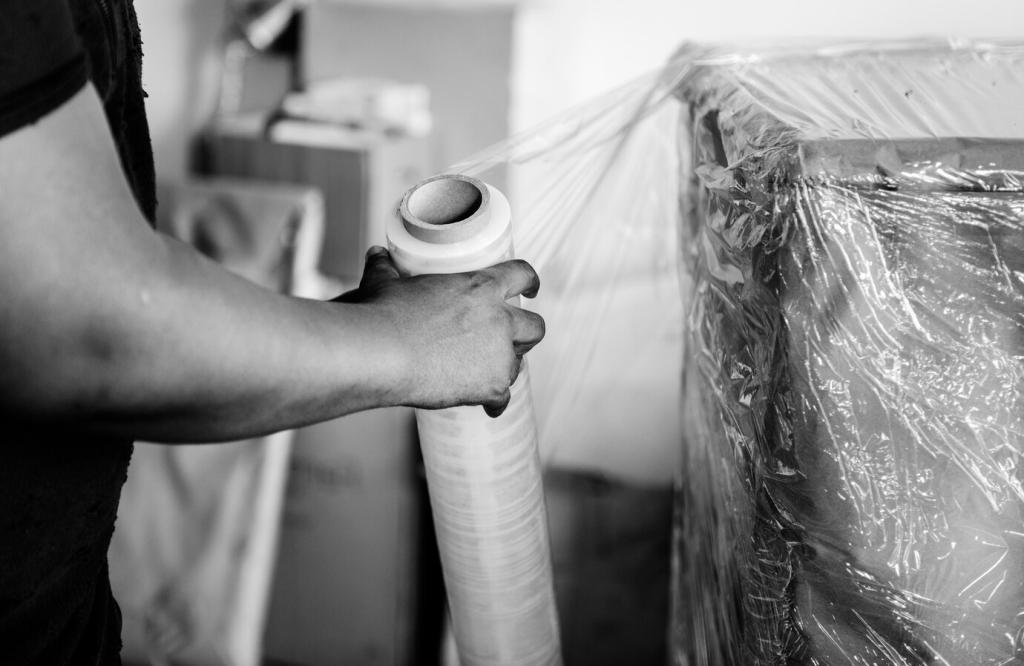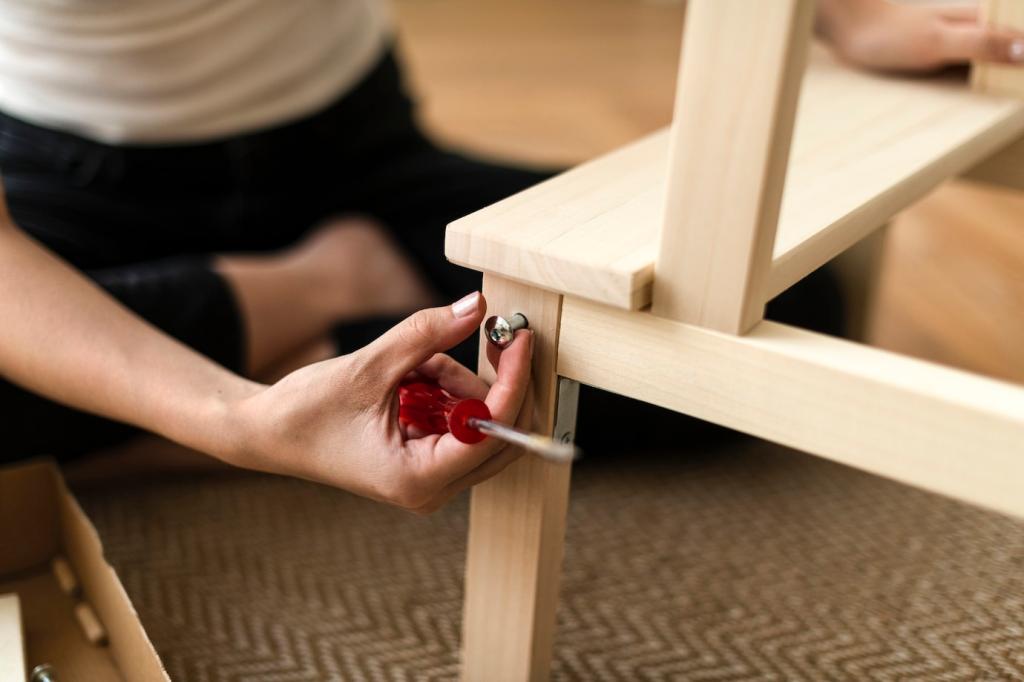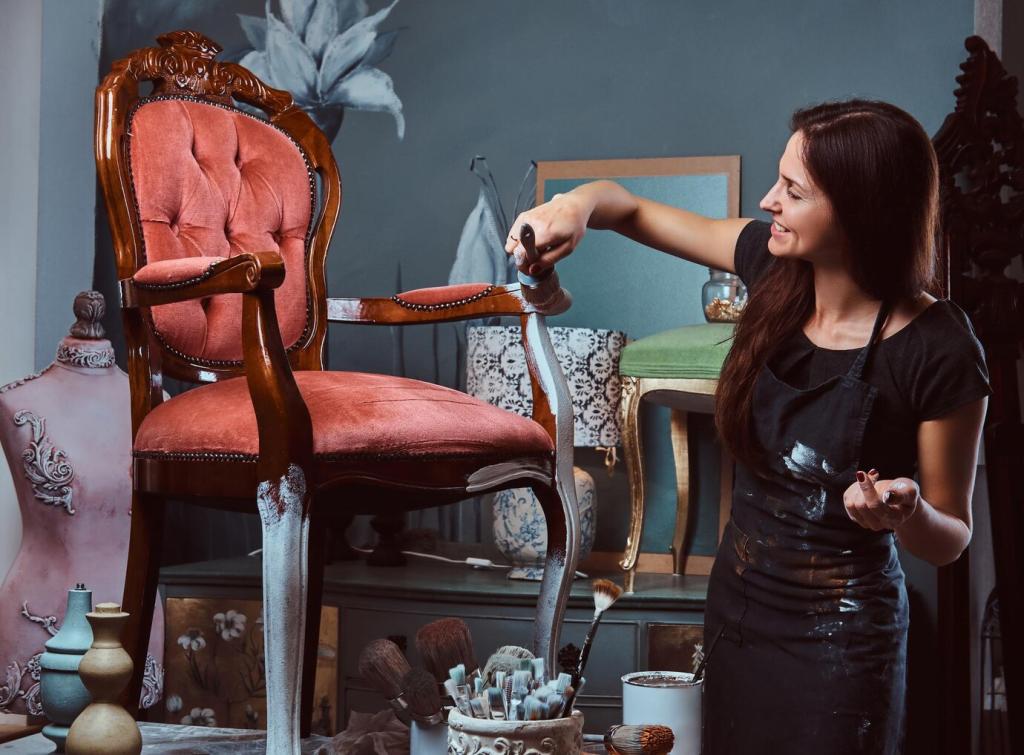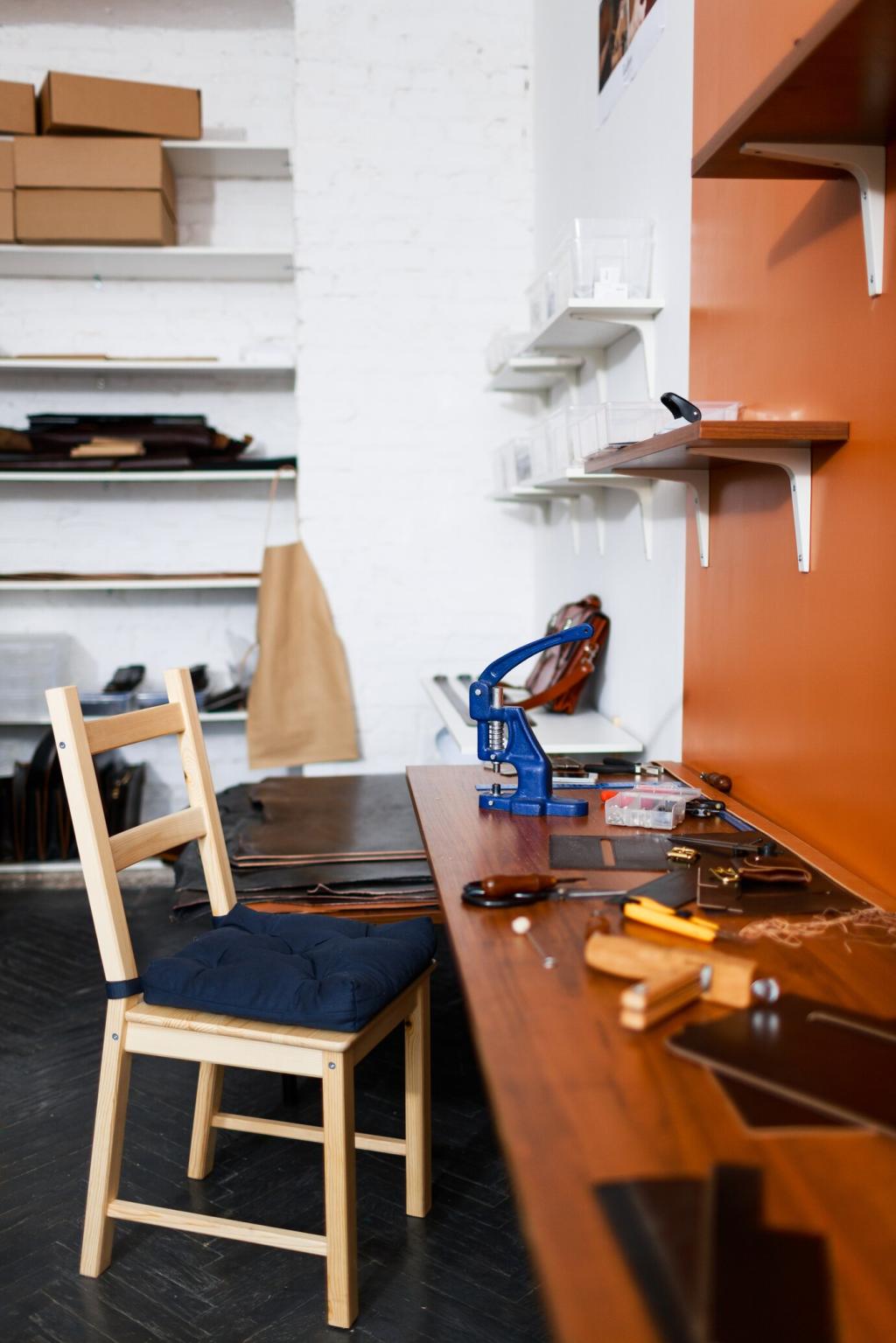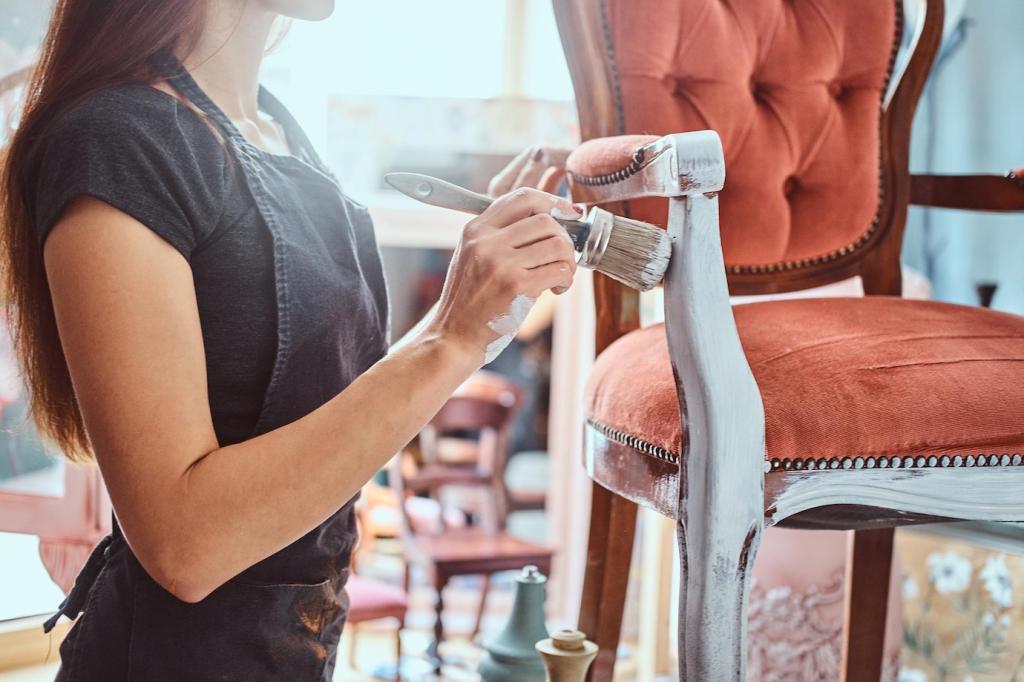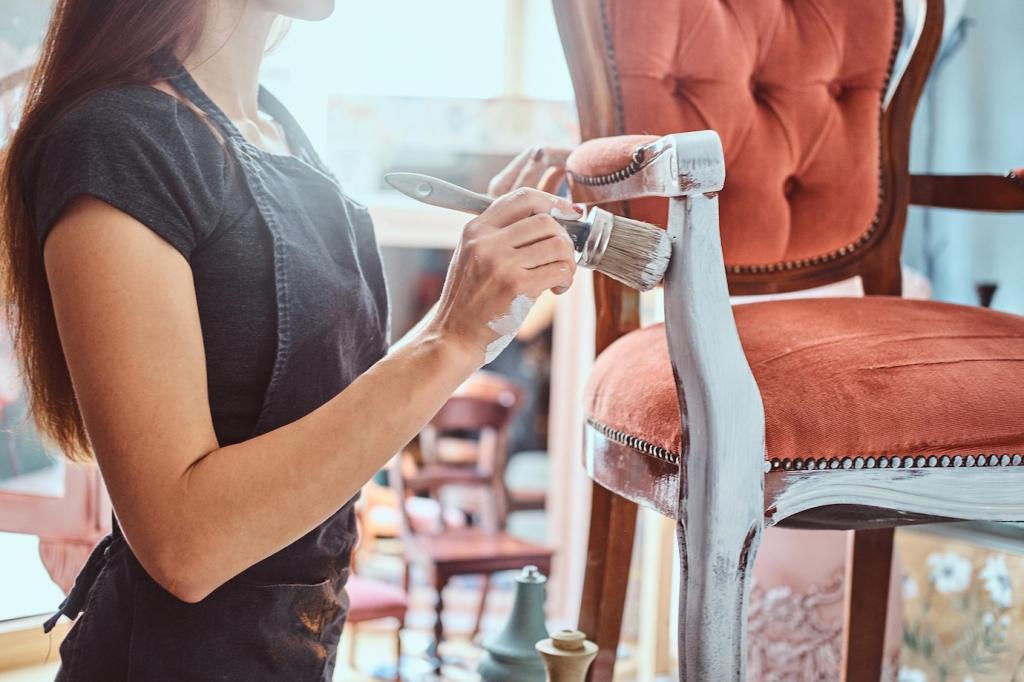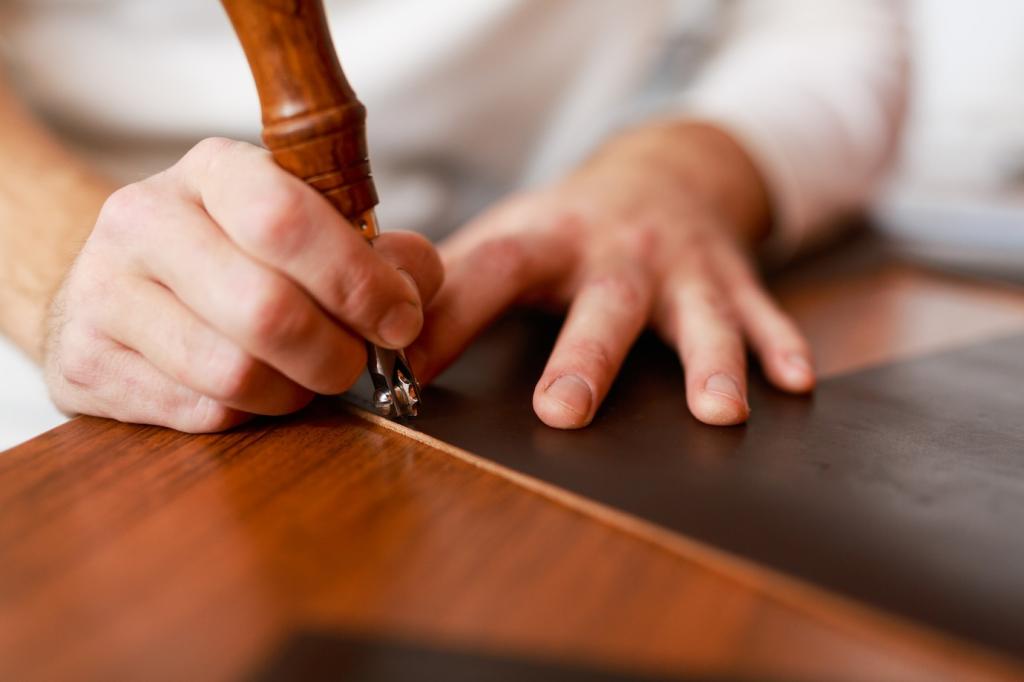Sunlight, UV, and the Slow Fade
Ultraviolet light breaks chemical bonds in dyes, shellac, and lacquer, gradually bleaching fabrics and weakening finishes. Visible light also contributes to fading, though more slowly. Think cumulative exposure: even brief daily sun adds up. Track light paths seasonally and plan protective measures accordingly.
Sunlight, UV, and the Slow Fade
Use UV-filtering films, woven shades, and sheer curtains layered together to reduce intensity without losing charm. Rotate items quarterly to even exposure, and position sensitive veneers out of direct rays. A matte museum-grade acrylic shield can discreetly protect prized surfaces without shouting for attention.

